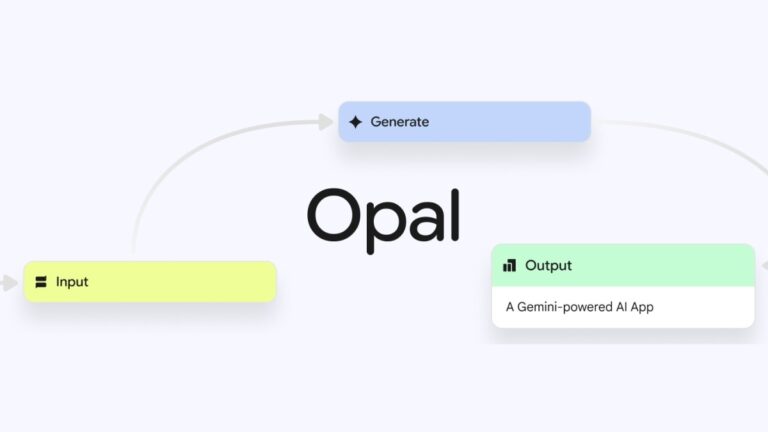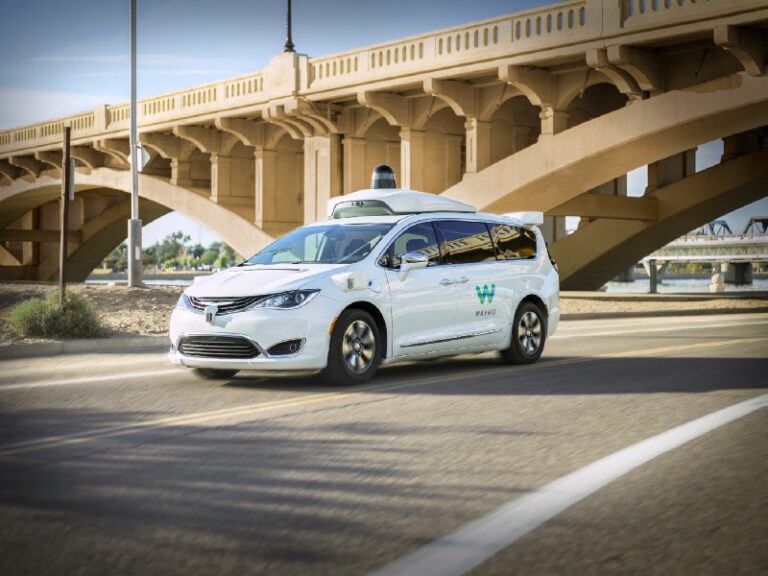Google LLC has unveiled Project Suncatcher, a groundbreaking initiative aimed at deploying artificial intelligence (AI) chips aboard satellites by 2027. The project seeks to leverage the efficiency of solar panels in space, which generate significantly more power than those on Earth without the need for battery storage, a crucial factor during periods of low sunlight or adverse weather conditions.
Travis Beals, senior director of Google’s Paradigms of Intelligence research unit, noted that the potential energy savings from space-based solar panels could make the cost of launching and operating these celestial data centers comparable to that of their terrestrial counterparts, measured on a per-kilowatt/year basis.
One primary challenge of managing AI clusters in orbit lies in the need for multiple graphics cards to coordinate their activities, necessitating effective data exchange between satellites. Google plans to implement free-space optical communication (FSO) technology, which uses laser beams to transmit network traffic. Achieving the required bandwidth of tens of terabits per second presents significant power challenges, but Google aims to mitigate these by launching satellites in close proximity to each other, reducing the energy demand for data transfer.
However, this configuration introduces the risk of collisions among satellites. To address this, Google has developed advanced physics algorithms to analyze the operation of dense satellite constellations. Their findings suggest that maintaining stable orbits with satellites just hundreds of meters apart will likely require only minimal adjustments.
Additionally, the project includes an assessment of the Trillium AI chips, particularly their ability to endure the radiation of space. Google confirmed that even the most delicate components of the latest TPU machine learning accelerators can function effectively for years in orbit.
According to reports by Semafor, the first pair of TPU-equipped satellites will be launched in 2027, in collaboration with Planet Labs PBC, and Google anticipates that the economic viability of space-based AI clusters could be realized by 2035.
Key Points:
– Project Suncatcher aims to deploy AI chips in orbit by 2027.
– Space-based solar panels significantly outperform Earth-based alternatives.
– Google utilizes free-space optical communication for satellite data exchange.
– Advanced algorithms will ensure operational stability of satellite constellations.
– Economic feasibility is projected for 2035.
Photo: Unsplash







